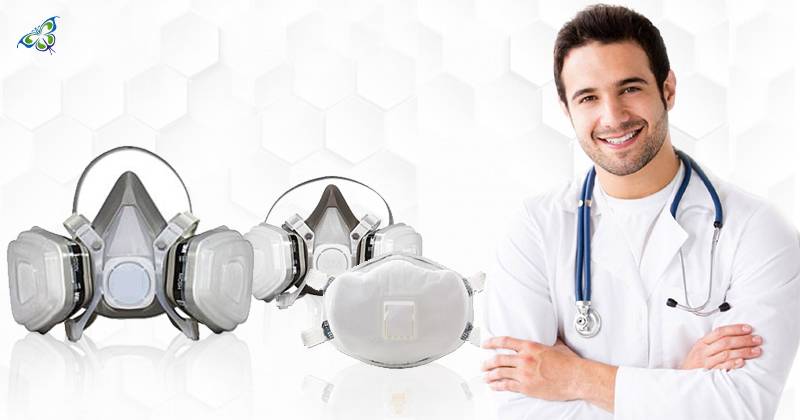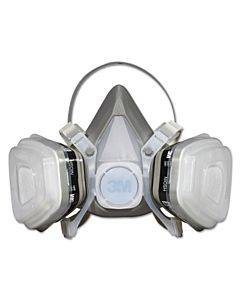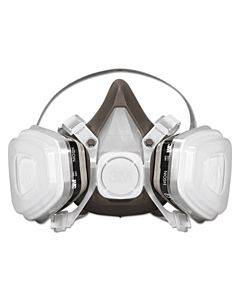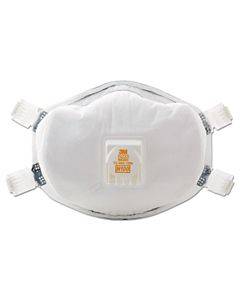The Role of Aspirators in Surgical Interventions

Surgical interventions – almost all of them – need aspirators during surgical procedures that are essential for healing and recovery. So, what are aspirators or suction machines and what are their functions?
Most surgery locations have some amount of accumulated foreign materials, blood, gas, tissue and other irritating fluids. These tend to obstruct the surgeon’s view of the entire operative field. Here arises the need for clearance and the aspirator or suctioning pump aids in doing so. Sometimes, the surgical set up might have a central vacuum system to help the surgeon do his work smoothly.
An overview of the surgical aspirating device
The aspirator works on the principle of vacuum. It is a device that’s connected to a powerline and equipped with a vacuum regulator and gauge as well as a collection cannister too. A plastic tubing system connects all the components which work to suck the unwanted materials outside into the collection canister. The purpose of the gauge is to set the safe limit for suctioning. The gauge also measures the performance of the vacuum pump – whether there are any leaks or blockages in the system.
How does the system work?
Once the power is switched on and the required suction level is set with the suction tip inside the patient’s cavity, only the collection canisters need to be monitored properly and once they reach their maximum capacity, they need to be emptied. The vacuum can be increased or decreased by altering the suction. The air from the external tubing is drawn into the chamber, thus drawing the aspirate into the collection canister. What prevents the fluid from overflowing into the pump and valves is an 'overflow-protection' system; it prevents accidents by saving unwanted matter from within being suctioned!
Aspirators play a crucial role in airway emergency management and patients with a tracheostomy often require Nasopharyngeal suctioning or Oropharyngeal suctioning to clear the middle and lower airway of secretions. Most ventilators have a closed suctioning unit to suction the tracheostomy tube. It involves aspirating secretions through a catheter connected to a suction source. You need the following equipment-
- Aspirator (wall attachment or portable unit)
- Suction canister
- Tubing
- Suction catheter
- Sterile water
Because suctioning can cause complications such as hypoxia, injury to the airway and nosocomial infections each suction should not be any longer than 5-10 seconds and it is important to hyper oxygenate the patient before suctioning. Always assess the patient’s respiratory rate before, during, and after the procedure. If the catheter does not pass easily into the tracheostomy tube, it is a sign of blockade and the tracheostomy tube must be changed immediately.
Nasal aspirator for babies
The nasal aspirator works on a similar vacuum theory to extract wet mucus from the baby’s nasal passages. Stuffy nose is one of the reasons for respiratory issues and the nasal aspirators working on a mild suction pressure can clear the nasal passage for instant relief.
Things to remember while the aspirator is in use
While these suctioning devices are being used, the operators need to be an inch extra careful on the following matters:
- The suction regulator needs to be set at the appropriate level. If the level is too high, there are chances of gross tissue damage!
- Changing and cleaning suction tips is a crucial task during surgeries, as it helps reduce the risk of infection. Even if the pump contains some aspirated fluid, there would be high chances of contamination.
- Wearing gloves, face masks and gowns are also highly advised as statutory precautionary measures during any suction procedure.





Validate your login
Sign In
Create New Account